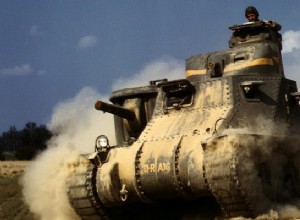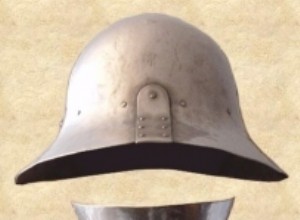The M3 tank, known as Grant or Lee, after the names of the famous generals of the American Civil War, was the first battle-worthy medium tank of the American army. However the M3 first fought under the British flag in the hot African desert. The M3 was an American copy of the French Char B1 bis.




